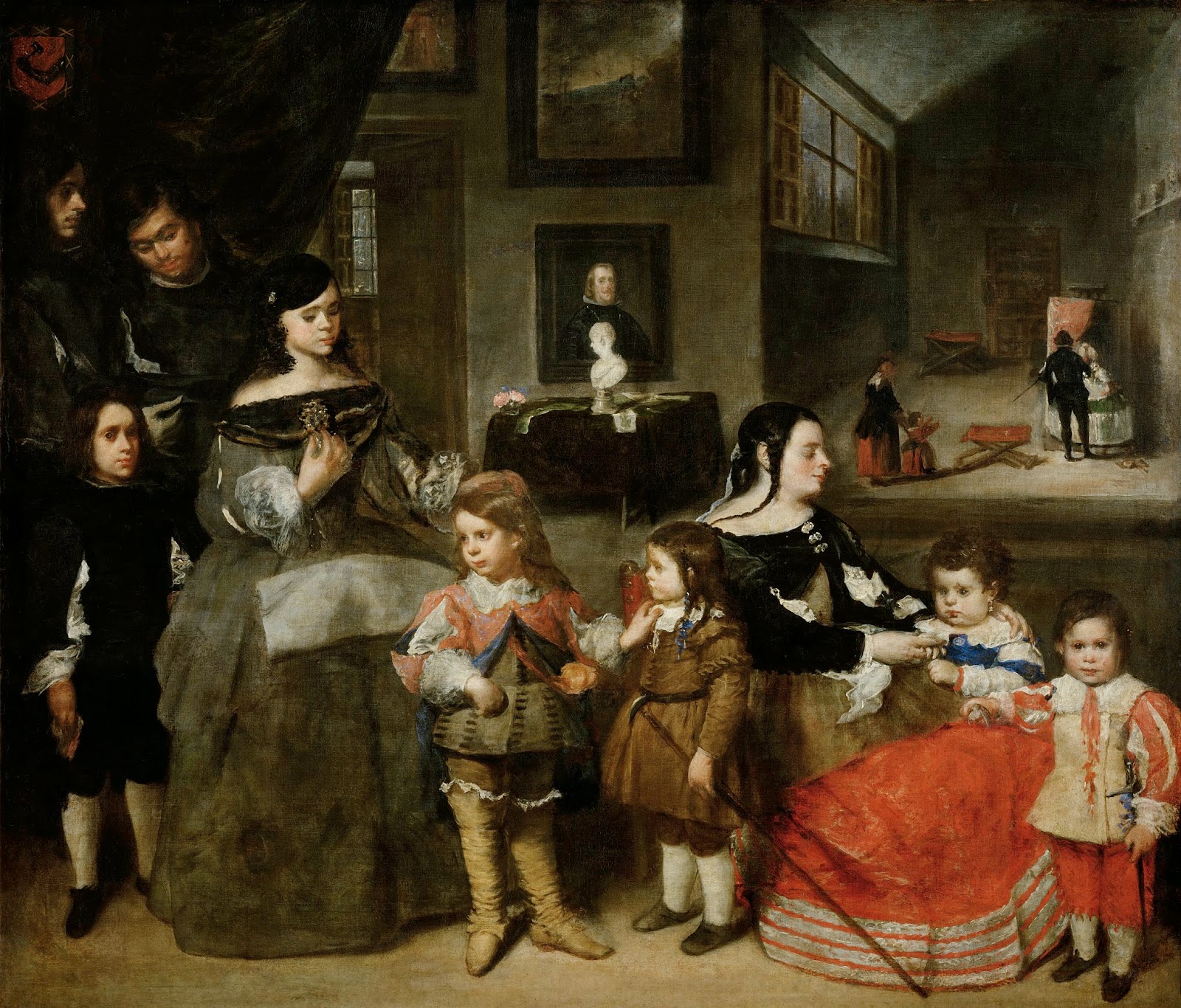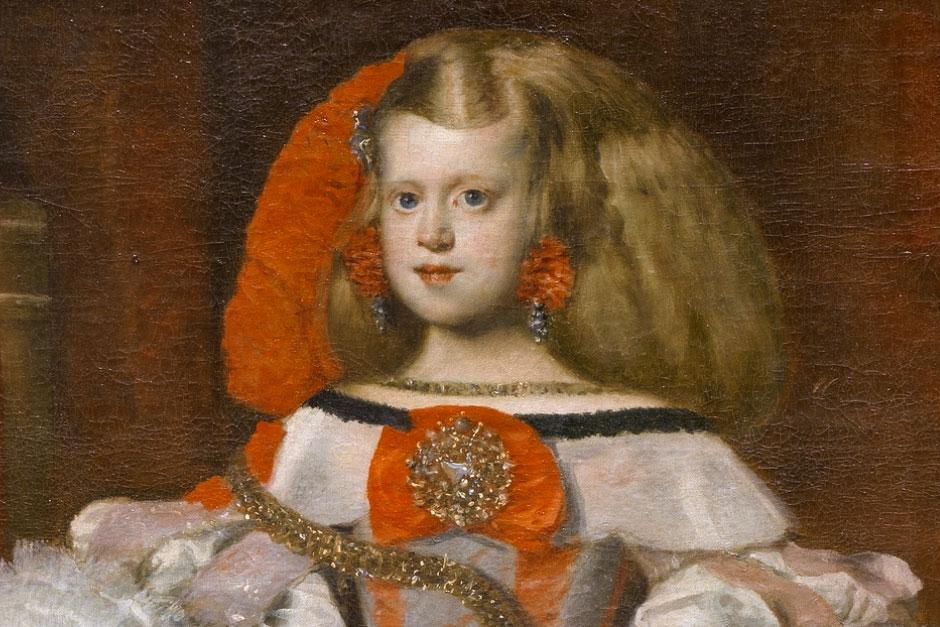
Mazo, a painter beyond Velazquez
Many know Juan Bautista Martínez del Mazo for his family relationship with the master Diego Velázquez. But his work and legacy stand on their own authority, join us to discover why.
"So unique, and especially in the things of his master, that it is almost impossible to distinguish the copies from the originals." -Antonio Palomino.
Martínez del Mazo lived in the mid-17th century, during the Baroque and at the end of the Golden Age. Although it is believed that he was born in Beteta, a small town in what is now the province of Cuenca, the first reliable data about his life are the papers that prove his marriage to Francisca Velázquez de Silva, daughter of Velázquez. In fact, Velázquez introduced him to his studio and was also the one who introduced him as a court painter, sponsored by Baltasar Carlos, crown prince of Philip IV.
Thanks to this work, del Mazo was able to distinguish himself among his peers as a respected landscape painter, although, unfortunately for him, he was often known first as Velázquez's son-in-law and then as a painter. The advantages and disadvantages of being the in-laws of one of the most famous Spanish painters of all time.
The proximity to Velázquez made it possible for Mazo to assimilate his style in such a way that some of his paintings have come to be confused, and even now there are still hesitations in the attribution of certain works to one or the other master. The most recent case is that of The Infanta Margarita of Austria, attributed to Velázquez until a few years ago.
 The Infanta Margarita of Austria, ca. 1665, oil on canvas, 212 x 147 cm, Madrid, Prado Museum.
The Infanta Margarita of Austria, ca. 1665, oil on canvas, 212 x 147 cm, Madrid, Prado Museum.
The long shadow of his father-in-law, who opened the doors for him to become the first chamber painter of Prince Charles Balthasar, and later of Philip IV, did not leave him during his lifetime or, later, after his death. Although he made copies of works by Titian, Tintoretto, Veronese, Rubens and Velázquez himself, as well as some works derived from them without being strictly copies, he had a fruitful personal production.
Unusually for a Spanish painter of his century, there are no known ecclesiastical commissions, and the only religious paintings recorded are reduced to six. The portraits of the members of the royal family constitute the fundamental nucleus of his production. Part of his work in the palace was to include reproductions of official portraits created by Velázquez, using Velázquez's technique and applying it in softer, unfinished points, as can be seen in the small number of entirely original portraits. This small amount of his own work, together with the assimilation of his father-in-law's techniques, contributed to the fact that he remained in his father-in-law's shadow.
Although there are great works of his own during this period, he was able to stand out after the death of Diego Velázquez, with sublime works such as Mariana of Austria with widow's headdresses. As Antonio Palomino tells in his book El museo pictórico y escala óptica III. El parnaso español pintoresco laureado (1988), in this work we can find her seated in the middle of an empty room, with only a small dog at her feet, the queen governor appears as the widow of the deceased king and as the mother of the crown prince, Charles II, who is seen in an adjoining room in the background -the Ochavada Piece of the old Alcázar of Madrid-, held with walkers by a mistress. The oil painting, painted with a loose brushstroke and signed on a bill that the queen governor holds in her right hand, served as a model for Carreño de Miranda's later official portraits.

Among his most outstanding works after Velázquez's death is also The Painter's Family, one of the few group portraits in Spanish painting, with elements that, once again, refer to his father-in-law with his timeless work Las Meninas. But, where he really stood out on his own account was in the small landscape pictures painted for the decoration of the royal palace, more personal and larger in size, in which the topographical landscape of the city is usually distinguished, animated by a multitude of small figures, almost delineated with light brushstrokes, and the reproduction of royal gardens. He was an expert in humanizing the landscape, embodying the influence of Roman classicism.
In the Prado Museum we can find the Taberna de Aranjuez Hunting, which, like the urban landscape, is characterized by the presence of ringleaders and gangs in a lively act, in this case hunting, and the predominance of small human details. It is often compared to the Tela real of the National Gallery in London, which is generally considered a work of Velázquez, but now attributed entirely to Mazo thanks to the research of José López-Rey.

If you are interested in the subject we recommend Prado Art Guide, an essential art guide to discover and learn the essentials of the greatest works, artists and styles in the Prado Museum, available on Amazon.
Buy it: https://amzn.to/3E5BiZo

